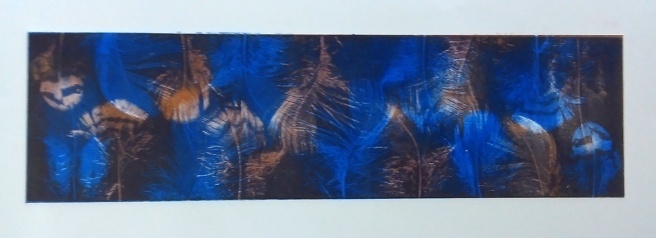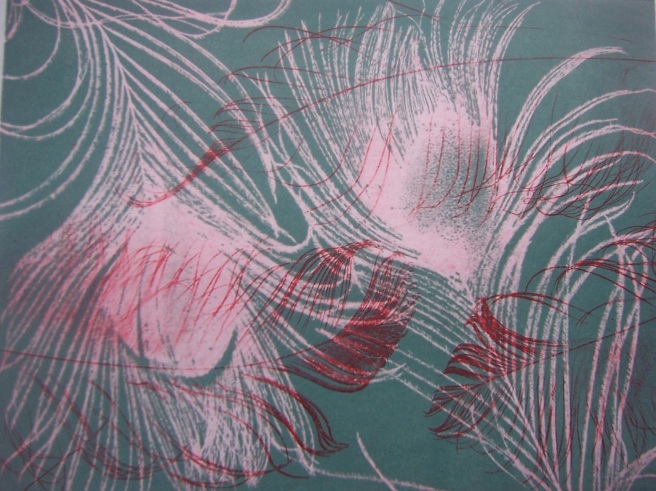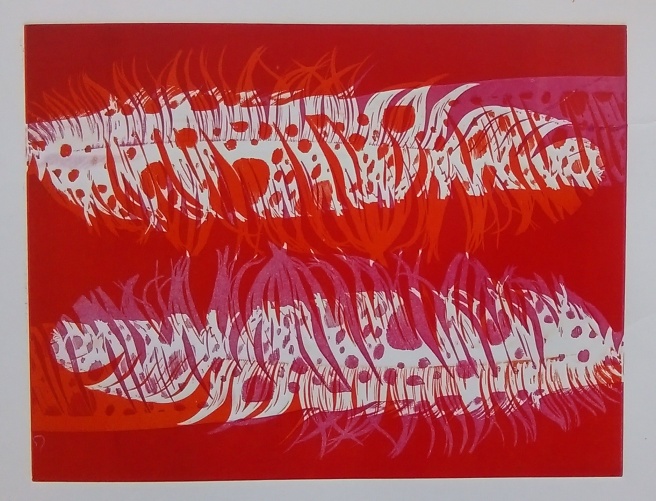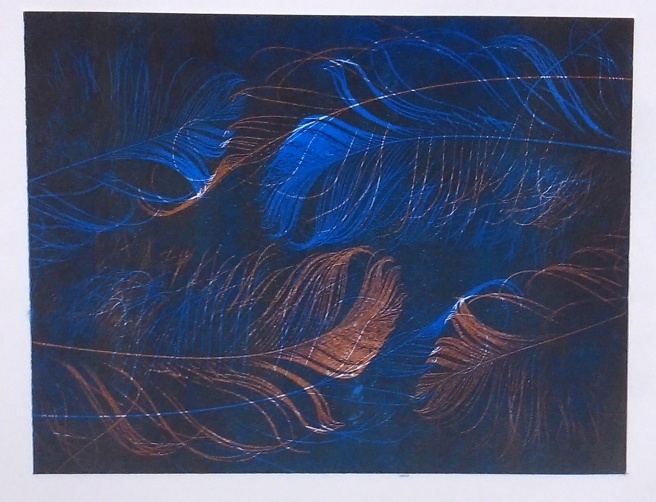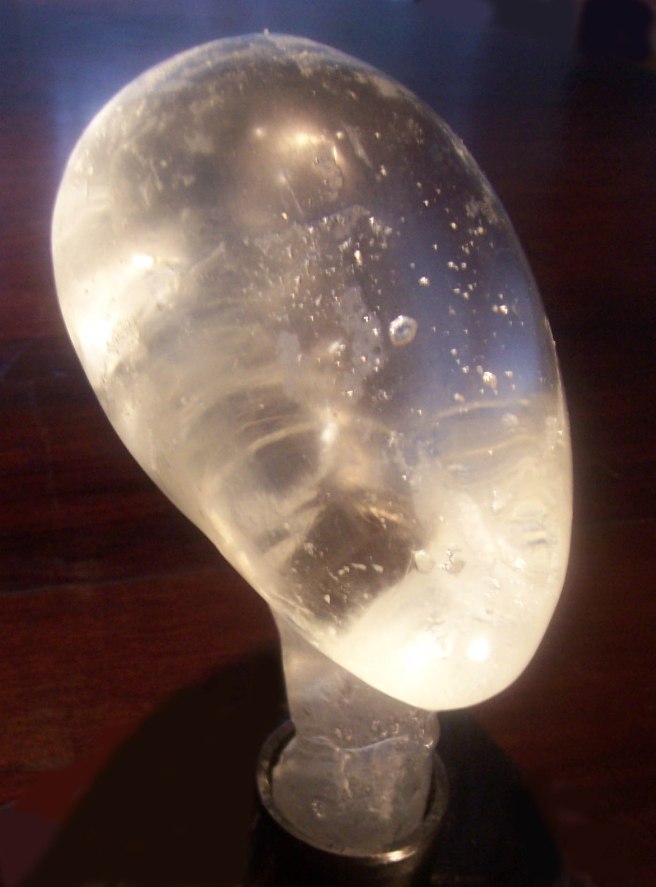My experience with Covid 19 has been profound. With the pressure to exhibit and sell removed I have allowed nature to influence my studio work; I have relaxed and followed my own wild inclinations! Most important and engrossing for me, has been making my own inks from whatever raw materials I have found in and around my studio in Marsworth and learning the art of Eco-Printing.
It has been a bit like alchemy, finding out how to create inks and how strangely they behave when exposed to elements like sun and rain; and what amazing changes occur with the addition of acid or alkali solutions. Some of my dyes are made from soaking my copper and steel plates in a mixture of vinegar and salt, and I have experimented with exposing these plates to the elements which I will then clean and print in the conventional Intaglio method.
Some of my favourite colours are achieved by boiling berries, plants, vegetables, and flowers. The dyes created have been made permanent by the addition of binders like Gum Arabic or a little clove in the dye which prevents mould.
Following nature’s example, I have also discovered Eco-printing, exploring plant pattern, colour, dyes, and this supremely natural technique. Leaves, petals, heat and water – with these simple ingredients I have learned to make beautiful images that connect with the natural world around me. These unique eco-prints reflect the land around my studio in rural Buckinghamshire, as well respecting the choices of my hands and eyes through trust, acceptance and perseverance. I have learned the names of many local plants both cultivated and wild, and now I pay more attention to how they change through the seasons.
I have produced shamelessly ‘nostalgic’ prints that evoke a sense of peace and the notion of ‘safe haven’; all most unlike me but really satisfying at this time of uncertainty. I attach an image of my print called Das Heimlich which translates as a sort of cosy home – an inverted Freudian concept of the Uncanny, which now combines notions of the familiar epitomising the idea of comfort and homeliness (Heimlich). The work started with an investigation into ink making from the natural materials and resulted in a Hybrid print that expressed my personal, instinctive response to this awful pandemic.
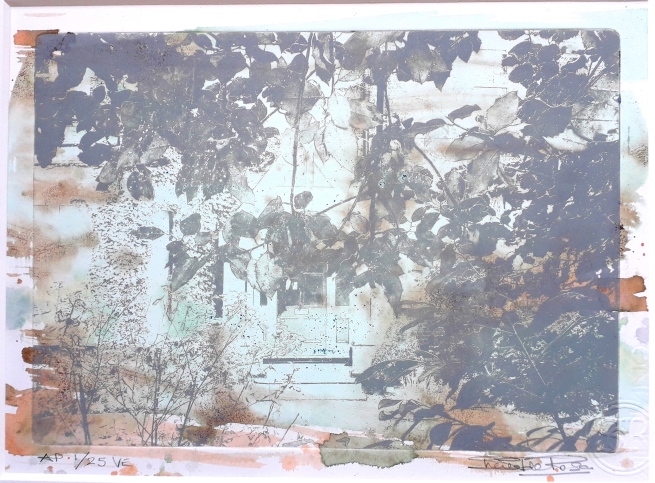

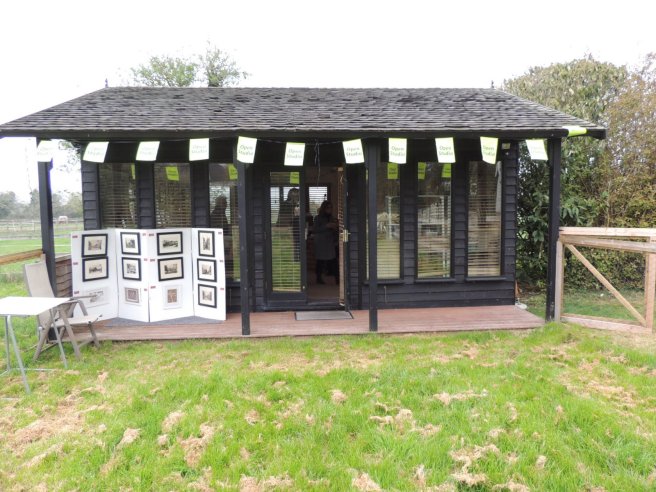 On 7th April 2019 I opened my lovely new studio to the public.
On 7th April 2019 I opened my lovely new studio to the public.











